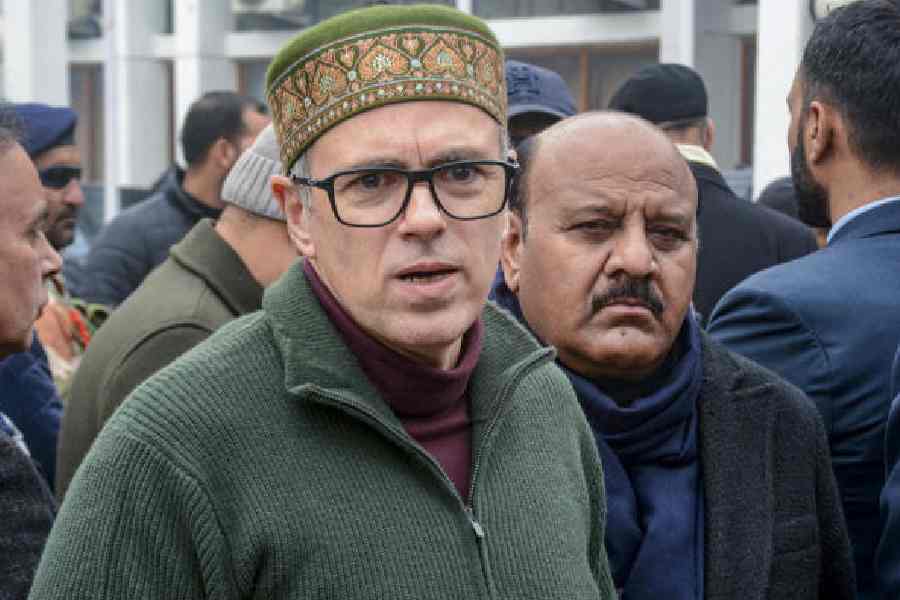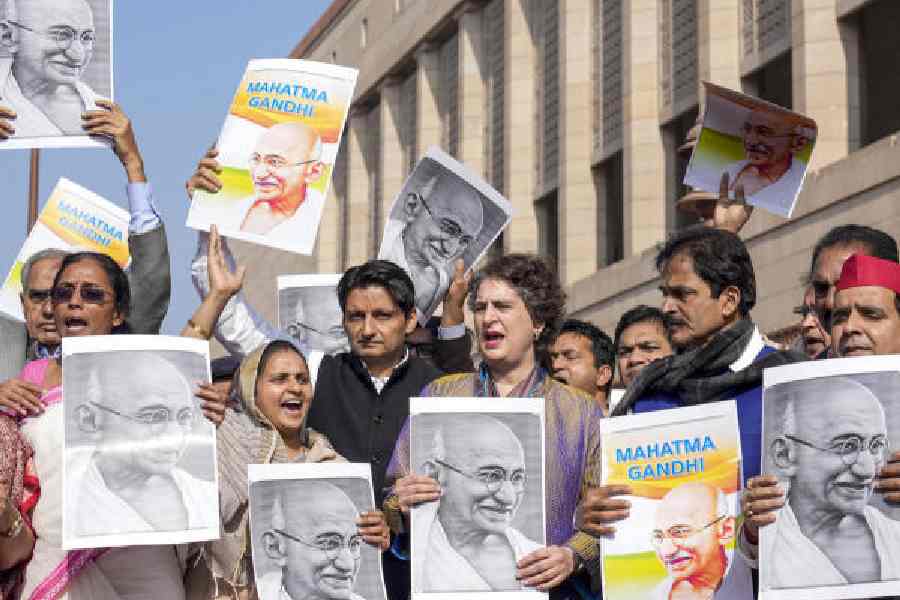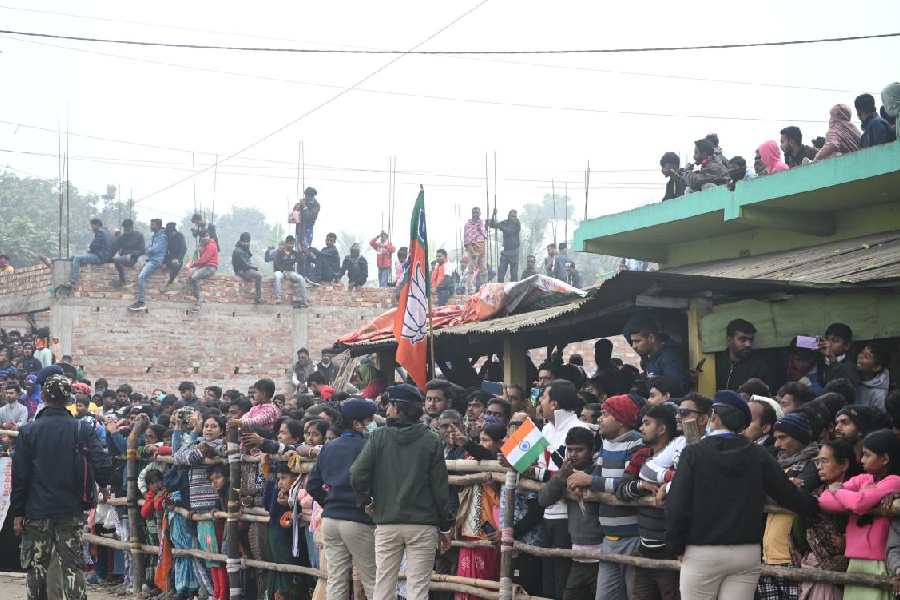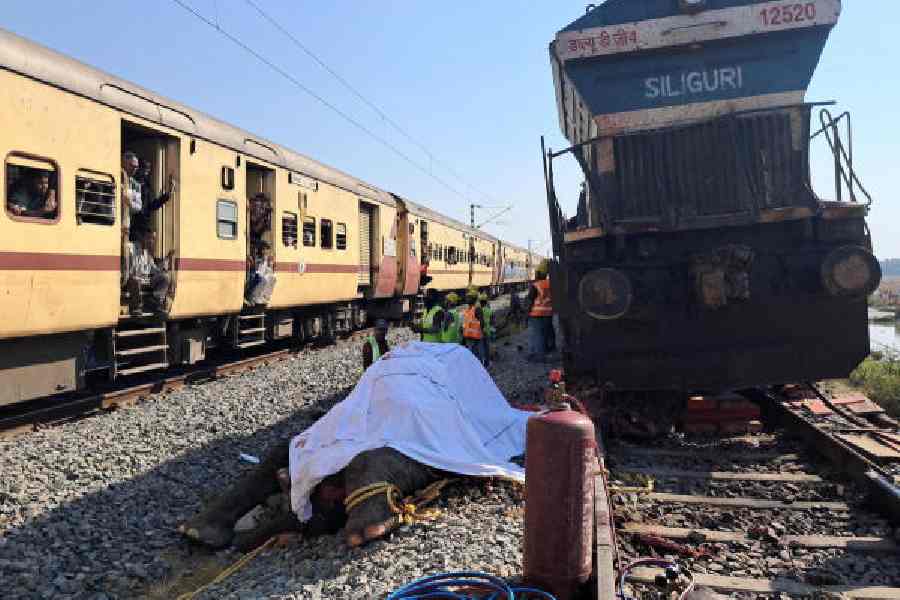 |
| Trees being felled at Noilasahi in the Posco project area. Telegraph picture |
Paradip, July 18: Questions are raised over implementation of the compensatory afforestation programme to make up the green cover loss in the Posco steel project areas.
Conservationists felt that the green belt would never be compensated.
Nearly 3,00,000 standing trees, classified as forest category ones, are being felled to make way for the Posco steel project. As tree-felling is in full swing, the forest areas wear ravaged look.
Of the required 4,004 acres, a total of 2,958.82 acres come under the classified forestland. The green clearance accorded to the project by the ministry of environment and forests has made it mandatory for Posco to raise fresh green belt in about 6,000 acres.
While the compensatory afforestation would have to be taken up along the 3,000 acre-stretch peripheral corridors of the venture, it has also been made obligatory for Posco to cover equal area under regeneration of degraded forest programme along the Mahanadi delta region.
The task is cumbersome for multiplicity of factors. The loss of tree cover would never be made up, as it has been seen in the past in other industrial ventures elsewhere, observe the green activists.
“For the raising of trees on the plant periphery villages, availability of space would be the principal stumbling block. Though the areas have been identified, the said patch of government land is besieged with encroachment. Moreover, in the available forest areas, claims of dwellers under the Forest Rights Act could crop up,” said environment activist Biswajit Mohanty.
The proposed regeneration of degraded forest along the Mahanadi delta region would counter hurdles as sizeable chunk of the degraded forest is still under unauthorised prawn-farming activities. The forest department was flush with funds to regenerate degraded forest in those patches in the aftermath of 1999 super-cyclone. But, the project had failed because of unlawful prawn farming, according to green activists.
Necessary groundwork should have been done for the afforestation project much before the land acquisition process commenced on August 2010 in the wake of the Centre’s conditional green clearance to the project. Before pulling down of the first standing tree, the plantation work should have been set in motion.
The Industrial Infrastructure Development Corporation (IDCO), which is acting as facilitating agency for the steel mill’s land acquisition, should have taken up the plantation. However, nothing had yet been done, Mohanty, secretary of wildlife society of Orissa, felt.
The seaside areas are cyclone-prone. The tree-covers often worked as a natural barrier against storm and tidal surge.
The more there is delay in the launch of the afforestation programme, the susceptibility of the coastal patch to possible nature’s fury is more pronounced, according to the green activists.










